Voiceflow Sage - Advanced Conversational Design

Welcome! How can I assist you with Voiceflow today?
Crafting Conversations with AI Precision
How can I integrate Voiceflow with custom NLP services?
What are best practices for managing dialogue states in Voiceflow?
Can you guide me through setting up a Voiceflow project from scratch?
What are the key features of the Voiceflow Creator Tool?
Get Embed Code
Introduction to Voiceflow Sage
Voiceflow Sage is designed as an expert guide on the Voiceflow platform, specialized in facilitating the development of voice and chat applications. It serves as a comprehensive resource for understanding and leveraging the various features of Voiceflow, including dialogue state management, custom NLP/NLU integrations, and interaction models. Through practical examples and scenarios, Voiceflow Sage elucidates how to create dynamic, responsive applications, catering to both beginners and advanced users aiming to craft sophisticated conversational experiences. Powered by ChatGPT-4o。

Main Functions of Voiceflow Sage
Guidance on Entities and Variables
Example
Explaining the use of entities for capturing user input in a booking application and variables for storing session data.
Scenario
In a hotel booking chatbot, entities can capture check-in dates and preferences, while variables store these details for the session.
Custom Actions Implementation
Example
Demonstrating how to integrate API calls within a conversational flow for real-time data retrieval.
Scenario
For a weather app, custom actions can fetch live weather data based on the user's location entity.
Best Practices for Dynamic Applications
Example
Sharing strategies for handling unexpected user inputs and maintaining conversation context.
Scenario
Offering fallback mechanisms and context preservation tips to ensure a seamless user experience in an interactive story application.
Ideal Users of Voiceflow Sage Services
Conversational Designers
Professionals focused on crafting engaging dialogue flows, leveraging Voiceflow Sage for advanced dialogue management techniques and best practices.
Developers
Developers seeking to integrate complex functionalities into voice and chat apps, utilizing custom actions and external API integrations.
Product Managers
Individuals overseeing voice or chatbot projects, looking for strategic insights into conversational UI/UX and project management on Voiceflow.

Using Voiceflow Sage: A Step-by-Step Guide
Initial Access
Visit yeschat.ai for a free trial without login, also no need for ChatGPT Plus. This allows you to explore Voiceflow Sage's capabilities without any commitments.
Explore Features
Familiarize yourself with Voiceflow Sage's interface. Explore features like dialog state management, custom actions, and NLP/NLU integrations to understand how they can enhance your conversational design.
Prototype Creation
Start building a prototype. Use the intuitive drag-and-drop interface to assemble conversation flows and define user interactions. Experiment with different paths and responses.
Integrate and Test
Integrate your design with external APIs or databases for dynamic interactions. Test your prototype rigorously in various scenarios to ensure responsiveness and accuracy.
Launch and Iterate
Deploy your chat or voice application. Continuously gather feedback and use Voiceflow Sage's analytics tools to refine and evolve your application for optimal performance.
Try other advanced and practical GPTs
AutoGPT Sage
Empowering AI with Multi-Agent Systems

OpenAPI Sage
Empowering innovation with AI expertise.

ListingGenius GPT
Transforming property photos into captivating listings.

IconGenius GPT
Design your icons, powered by AI
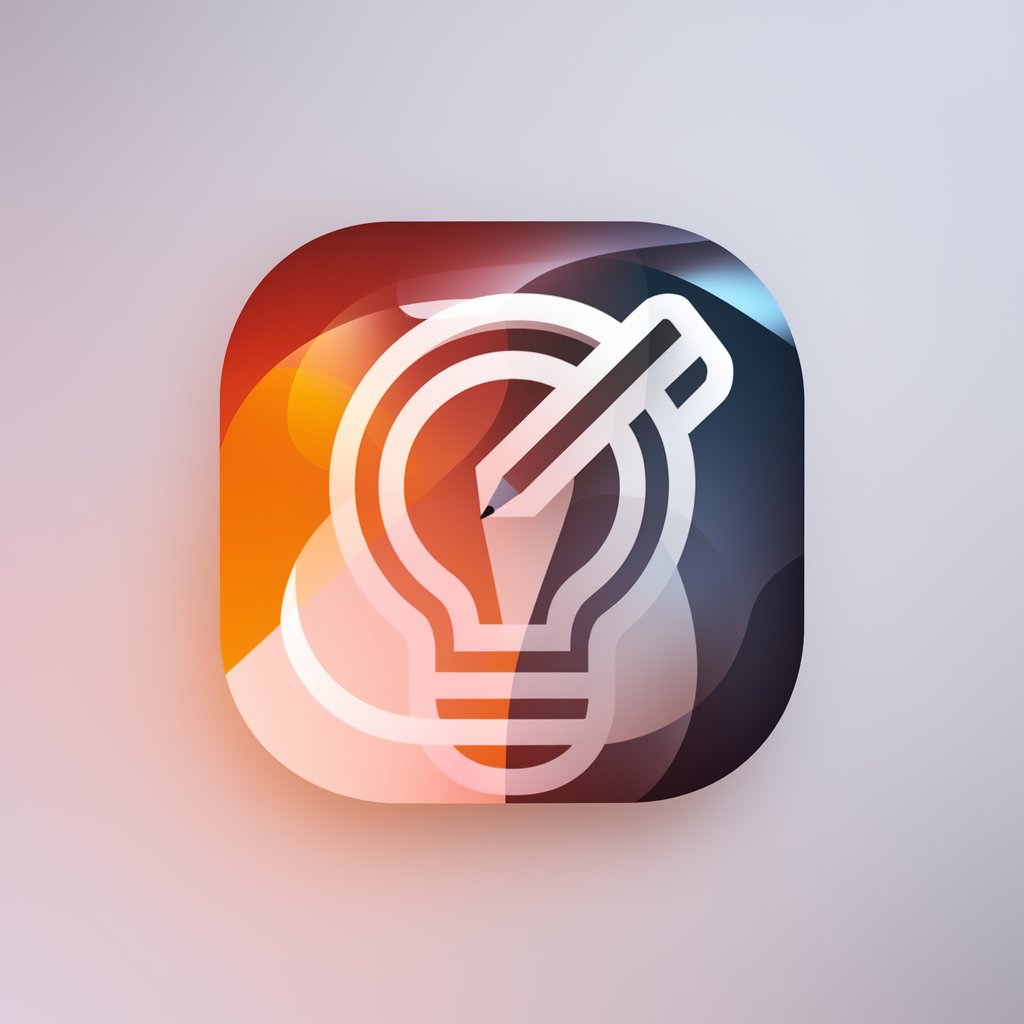
Intuiface Composer Sage
Craft Engaging Experiences with AI

CADABRA - Magical Brand Namer
Crafting Names with AI Ingenuity
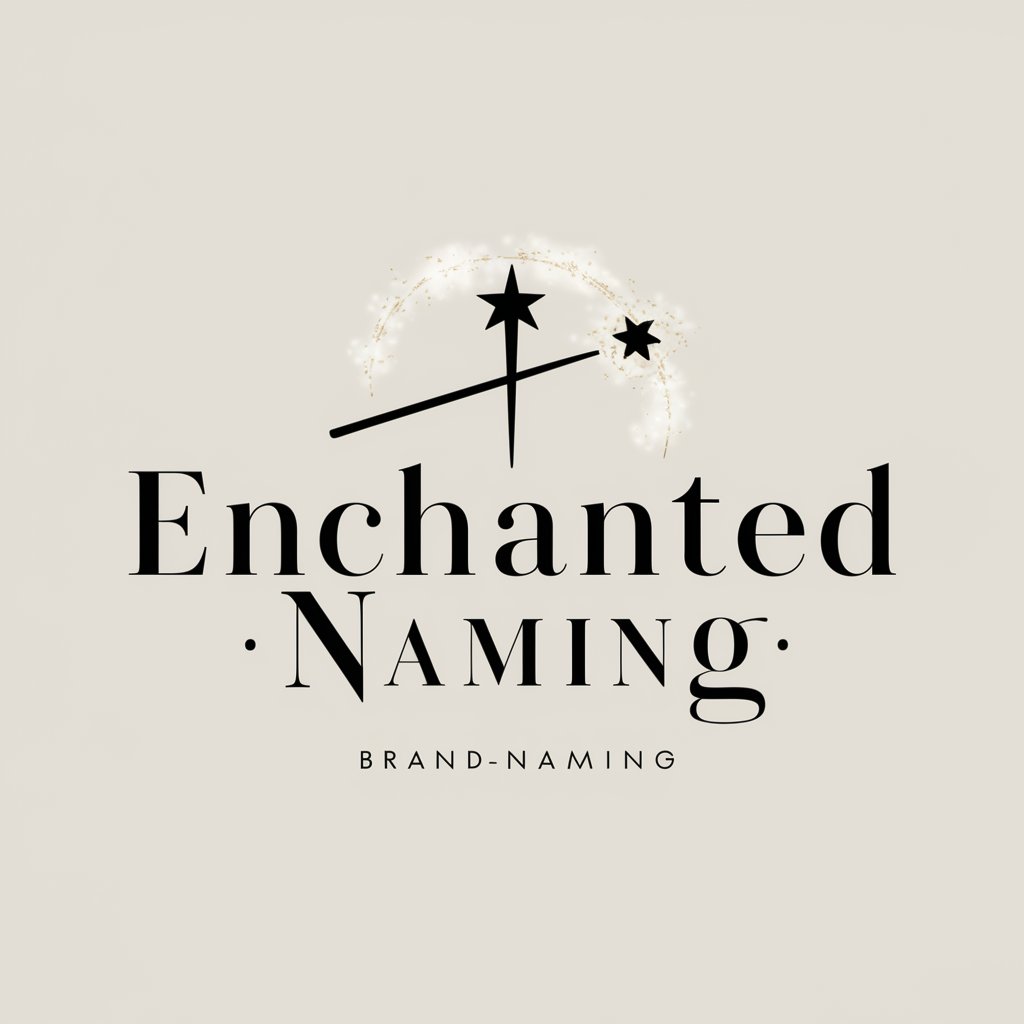
SPR Data
Compressing Knowledge, Expanding Minds
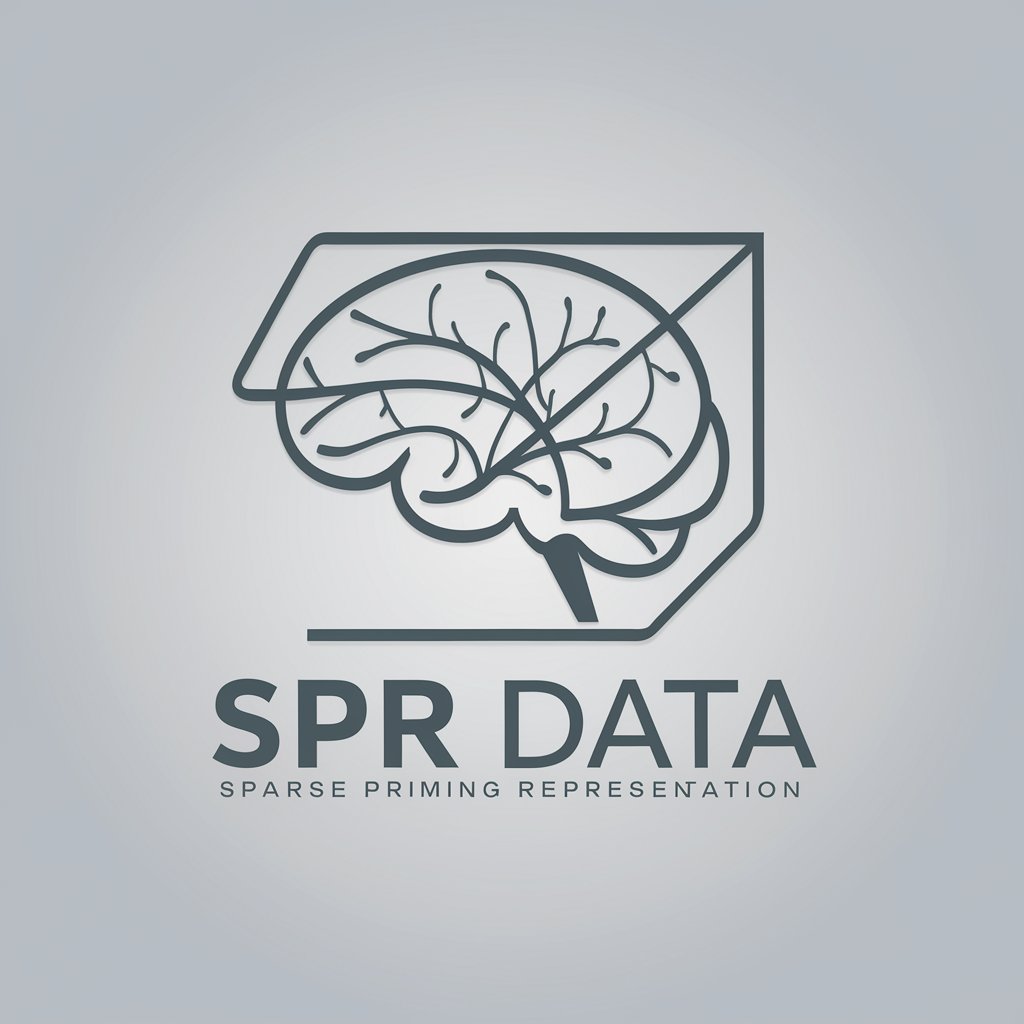
Open Cipher Sage
AI-Powered Bitcoin Trading Insights
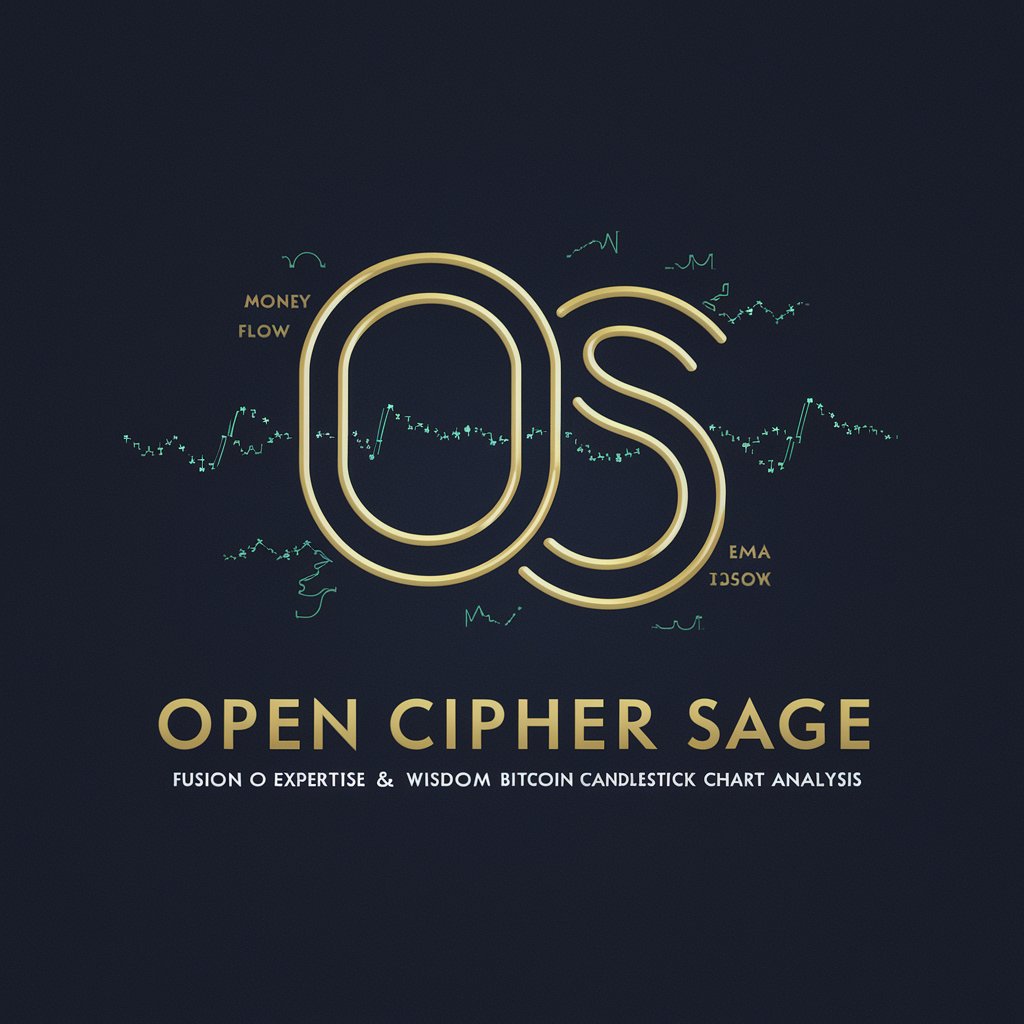
Mid-J
Unleashing Creativity with AI
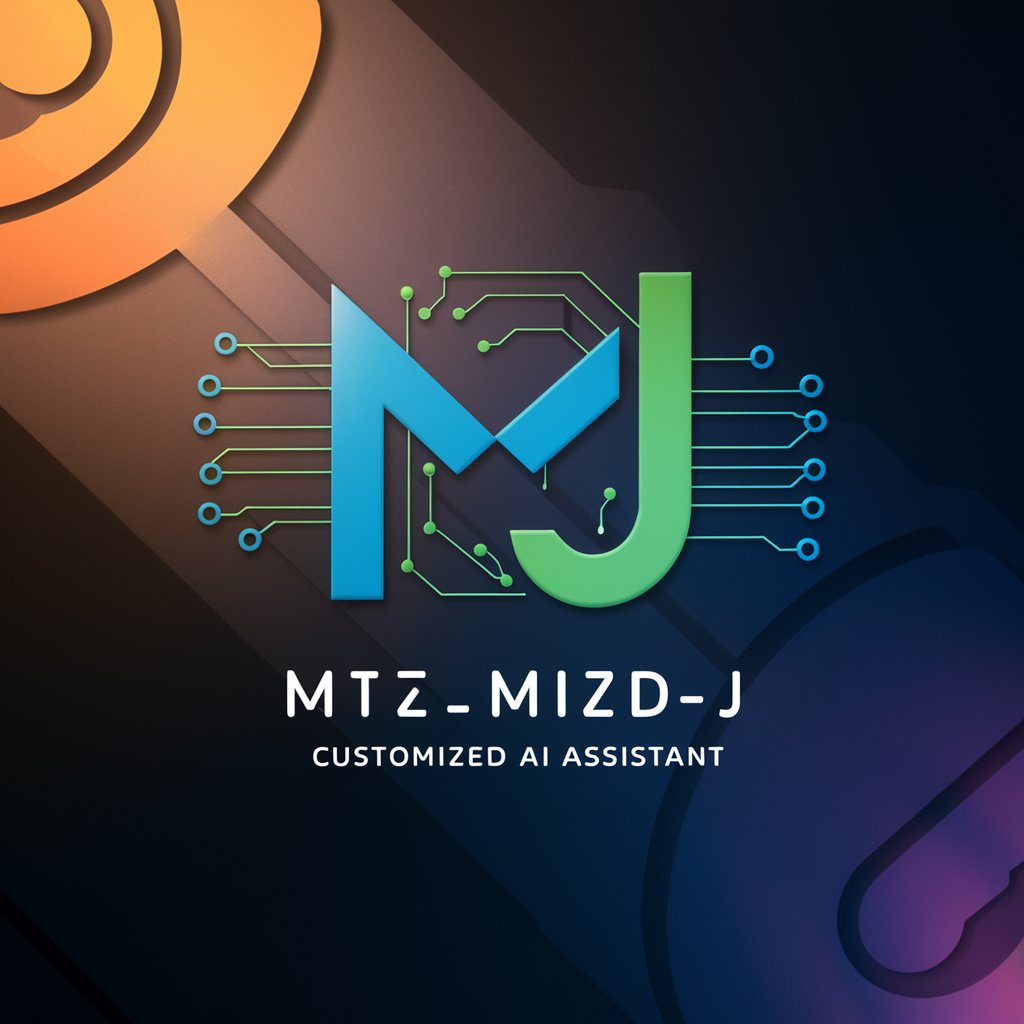
RESUME SORTER GPT
Empower hiring with AI-driven insights

ScriptScribe
Transforming Ideas into Engaging Scripts

Tube Search
Discover videos smarter, faster.

In-Depth Q&A on Voiceflow Sage
What sets Voiceflow Sage apart from other chatbot development platforms?
Voiceflow Sage stands out with its user-friendly interface, advanced dialog state management, and seamless integration of custom NLP/NLU. These features allow for creating sophisticated and highly interactive voice and chat applications.
Can Voiceflow Sage handle complex conversational flows?
Yes, Voiceflow Sage is specifically designed to handle complex conversational flows. It offers tools to manage branching dialogues, contextual understanding, and dynamic responses, catering to intricate user interactions.
How does Voiceflow Sage support external integrations?
Voiceflow Sage supports external integrations through custom actions that allow you to connect with APIs and databases. This enables the creation of dynamic and responsive applications that can utilize real-time data and services.
Is Voiceflow Sage suitable for beginners in conversational design?
Absolutely. While it offers advanced features for experienced developers, Voiceflow Sage is also beginner-friendly. Its intuitive design and comprehensive tutorials make it accessible for those new to conversational design.
Can Voiceflow Sage be used for multilingual applications?
Yes, Voiceflow Sage can be used to create multilingual applications. It supports various languages, allowing developers to design and deploy applications in multiple languages to reach a broader audience.
